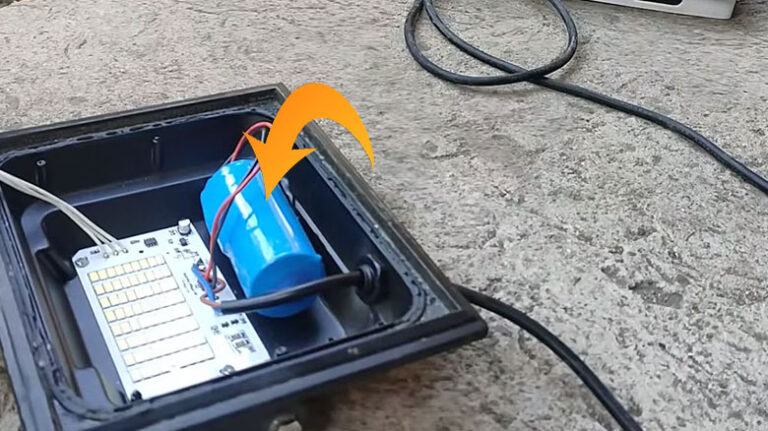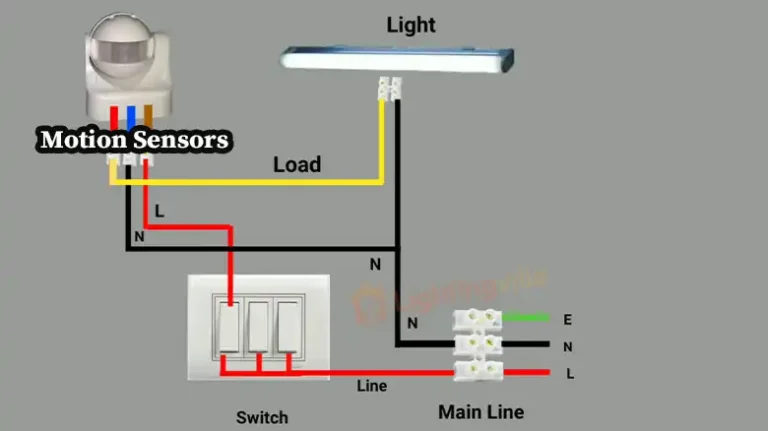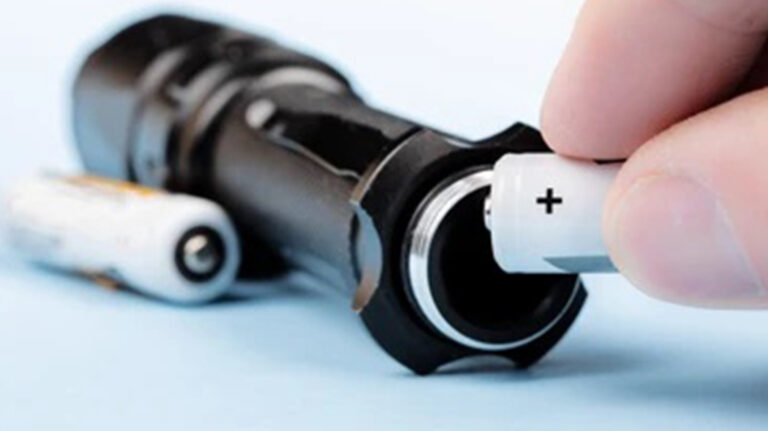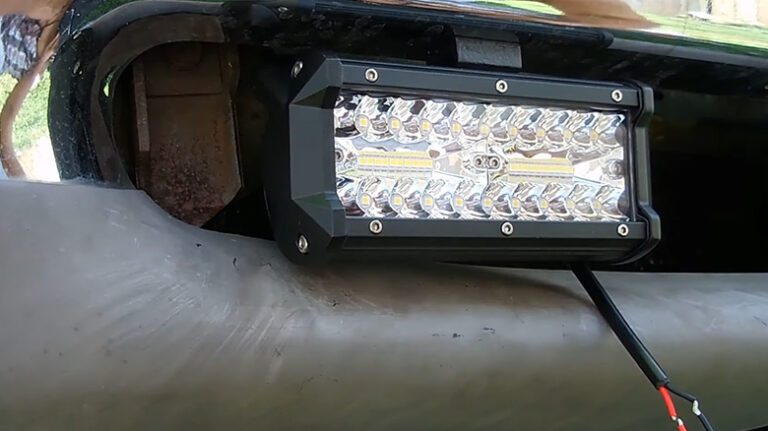What is a Self Ballasted Bulb?
A self-ballasted bulb has a dedicated ballast built into the base. And this enables homeowners not to switch over to fluorescent fixtures immediately. It is possible to use them in sockets initially designed for incandescent bulbs. A ballast intercepts electrical current before it reaches the bulb and is not removable from the base.

Do You Know What Self-Ballasted Bulbs Are?
A device was inserted inside light bulbs during their invention. In an electrical circuit, this device limits the amount of current flowing. Ballasts are known as this device. Without this, there was a risk of the recent rising to a dangerous level in light bulbs and tube lights. Bulb and tube lights still use ballasts to prevent current rise. HID, mercury vapor, and metal halide lights are also prime examples of lights using ballasts. In this article, we will review both magnetic and electronic ballasts.
Magnetic Ballast
Magnetic ballasts act as inductors for the correct operation and starting of certain lamps. Transformers provide clean, specific power. It was invented in the 1960s and widely used between the 1970s and the 1990s. A Metal Halide lamp, a mercury vapor lamp, a fluorescent lamp, a neon lamp, or a High-Intensity Discharge lamp may contain them. Since 2010, LEDs have taken over almost all significant parking lots and street lights.
Electric Ballast
Electric ballasts use electric circuits to limit the load or amount of current. Electronic ballasts maintained a more stable and precise current flow than magnetic ballasts. They became popular in the 90s and remain popular today. Some people still choose old technologies over LED light bulbs, even in 2022.
Managing Ballasts
To start lamps, lighting ballasts provide sufficient voltage and current. Lights without a power regulator can draw excessive or insufficient power. Ballasts keep the amount of current fed to lamps within specifications. In the absence of ballast, a lamp or bulb can rapidly increase its current draw and become uncontrollable. Lamps with ballasts have a stable power source, even connected to high-power sources. And this prevents the current from rising.
Ballastless LEDs
There are several reasons why LEDs don’t require a ballast. LED bulbs do not require large amounts of current. In addition, LEDs typically operate on Direct Current (DC), which requires an AC-to-DC converter. Because of this, you must direct wire the socket when retrofitting LED Corn Light Bulbs.
Finally, LEDs are much smaller than bulbs and tube lights, so there is no extra space for a ballast. It is possible to engineer LED drivers to be much smaller. Additionally, some technicians believe LEDs provide better light because they do not require a ballast. Essentially, LEDs use a driver, which performs many of the same functions as ballast but is much more efficient.
How Do Fluorescent Ballasts Work?
The electrodes of a fluorescent lamp release electrons when they heat up. Lamps often mix mercury and other gases. By bumping into atoms in the gas, electrons release ultraviolet wavelengths of light that are consumed by the fluorescent coating inside the lamp. Ultimately, this produces light.
The fluorescent ballast gives the lamp the voltage needed to function during this process. Moreover, it prevents the light from overheating. And this is because fluorescent lamps have negative resistance, so they continue to absorb voltage until they run out. Fluorescent ballasts supply the opposite resistance – positive – to limit the current.
Ballasts work by erupting magnetic energy into the lamp when turned on, causing the electrodes to create a current and produce light. Fluorescent ballasts of today are primarily electronic, meaning they are energy-efficient, flicker-free, and dimmable.
The Different Types of Fluorescent Ballasts
To help you better understand the different types of fluorescent ballasts available, we have compiled a list of a few of them that you should know about.
Instant Start: Instant-start ballasts are among the most popular types of ballasts. The ballast gives a relatively large initial voltage to get the lamp going instead of gradually warming the electrodes. Although it saves energy since less energy is used, the light degrades more quickly. We recommend this in the case of fixtures that do not need to be turned on and off often.
Rapid Start: Compared to an instant start ballast, a rapid start ballast uses a low voltage at first to allow the lamp to preheat—the voltage increases when the cathodes of the lamp are nice and warm. There is an advantage to rapid start ballasts in that parallel lamps can be operated simultaneously. The other two lights will continue to work if two lamps go out on the one ballast.
Programmed Start: Ballasts that use a programmed start operate much like ballasts that use a rapid onset. Before starting the lamp, it slowly heats its cathodes. As a result, the cathodes burn out less frequently because the ballast warms them at such a high temperature. Additionally, you can use them with frequently-changing lighting fixtures.
Frequently Asked Question
How Do I Know if My Fluorescent Light Has a Ballast?
Use your smartphone or digital camera to take a photo of the fixture once it is turned on. Your electronic ballast will likely work with direct drop-in LED tubes if there are no dark bands on the resulting image.
Can I Bypass the Ballast for LED Lights?
LED lights require a driver since they operate on low DC voltage. The majority of T8 LED tubes do not require ballast. You will need a ballast bypass if you install a T8 LED tube light unless you choose one that is ballast compatible.
What Happens if You Don’t Bypass the Ballast?
It is possible to destroy the LEDs. A fluorescent light’s ballast requires a much higher starting voltage (around 600 V) to turn on. The voltage lasts for fractions of a second before returning to normal. LED circuit tolerances could cause it to fail.
Conclusion
In light, the ballast controls the amount of current flowing to the light and supplies enough voltage to start the morning. There is lower energy efficiency with incandescent light fixtures and a longer lifespan with fluorescent light fixtures. It is possible, however, that the transformer inside the institution, called a ballast, needs to be replaced occasionally. It will depend on the age of the fixture and what type of ballast it has.






